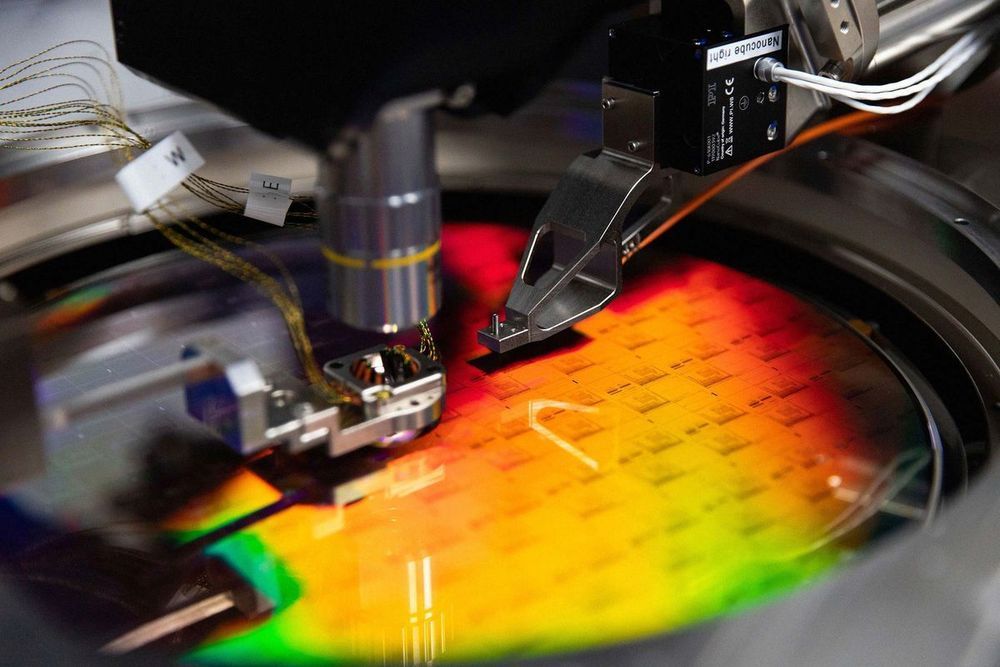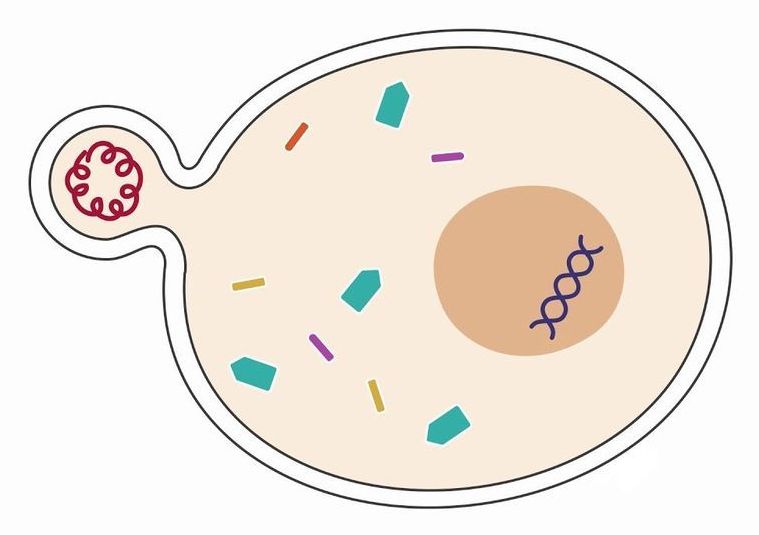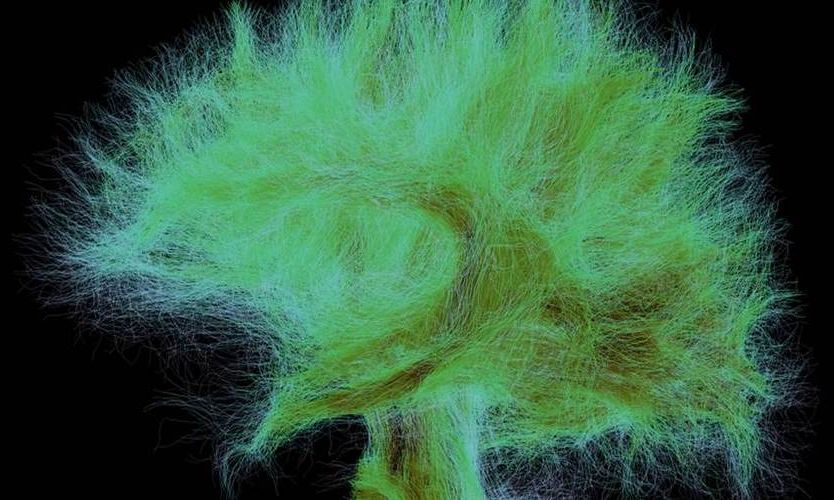PsiQuantum’s photon-based model is still years away, but the company says it’ll be more powerful than Google’s or IBM’s.
Compared to adults, children with the coronavirus are less likely to be hospitalized or show symptoms like a fever, cough or shortness of breath, new U.S. data from the Centers for Disease Control and Prevention show.
Why it matters: Those with less serious illness or who are asymptomatic likely play a large role in transmitting the disease. Social distancing is thus important for all age groups, the CDC stressed.
By the numbers: Among the 149,082 confirmed U.S. cases of COVID-19 that the CDC tracked as of April 2, 1.7% were patients under the age of 18.
Featured Image Source: @SpacePadreIsle via Twitter.
SpaceX is in the process of developing a gigantic Starship that will one day perform voyages to the moon and Mars. The first test prototypes are under construction at the company’s South Texas facility in Boca Chica Beach. On April 2nd, engineers conducted a cryogenic pressure test on, the company’s third Starship prototype this year. The vehicle was loaded with cryogenic (super cold) liquid nitrogen, and pressurized in order to test out how much pressure the stainless-steel structure could withstand. During the test, the craft is pressurized to the max, as engineers inspect for leaks and hope the stainless-steel structure withstands a pressure strength between 6 and ~8.5 bar. This test aims to put the vehicle into conditions similar to those it would experience during a spaceflight. Though, Thursday’s test did not go as planned. The vehicle collapsed, sending shattered steel parts flying off the launch pad’s stand.
AI has revealed that mice have a range of facial expressions that show they feel — offering fresh clues about how emotional responses arise in human brains.
Scientists at the Max Planck Institute of Neurobiology in Germany made the discovery by recording the faces of lab mice when they were exposed to different stimuli, such as sweet flavors and electric shocks. The researchers then used machine learning algorithms to analyze how the rodents’ faces changed when they experienced different feelings.
Anecdotal evidence suggests that the combination of zinc and hydroxychloroquine may be beneficial for the treatment of Covid-19:
We have been asked again and again — “What else can I do, apart from social distancing, hand hygiene, and so on, to protect myself from COVID-19?” There are additional actions that can be taken.
In this video we examine some details about the virus in Korea and how they are handling things differently. We take a look at the biology of the virus. We examine what happens when our cells are infected with SARS-CoV-2. And finally, we review a study that suggests the possible use of zinc and chloroquine in the fight against SARS-CoV-2.
Circa 2017
The era of merging our minds with technology has begun. Already, we can hack the brain to treat diseases such as Parkinson’s or help paralyzed people move again. But what if you could install a chip in your head that would not only fix any health issues, but could amp up your brainpower — would you remember every word said during a meeting, finish crossword puzzles faster, drive better thanks to enhanced senses, or pick up a new language before your next trip?
That’s the future envisioned by Elon Musk, the Tesla and SpaceX CEO who recently announced Neuralink, a new company dedicated to blending human brains with computers. In Musk’s view, we’ll have to keep pace with ever-smarter artificial intelligence by implanting a “neural lace,” or sci-fi inspired machine interface that will make us smarter.
“Under any rate of advancement in AI, we will be left behind by a lot,” Musk said last year. “The benign situation with ultra-intelligent AI is that we would be so far below in intelligence we’d be like a pet, or a house cat.”
That vision may have come a step closer after researchers at the University of California, San Francisco demonstrated that they could translate brain signals into complete sentences with error rates as low as three percent, which is below the threshold for professional speech transcription.
While we’ve been able to decode parts of speech from brain signals for around a decade, so far most of the solutions have been a long way from consistently translating intelligible sentences. Last year, researchers used a novel approach that achieved some of the best results so far by using brain signals to animate a simulated vocal tract, but only 70 percent of the words were intelligible.
The key to the improved performance achieved by the authors of the new paper in Nature Neuroscience was their realization that there were strong parallels between translating brain signals to text and machine translation between languages using neural networks, which is now highly accurate for many languages.
So-called zero-day exploits—hacking techniques that take advantage of secret software flaws—were once the calling card of only the most sophisticated hackers. But today, the global map of zero-day hacking has expanded far beyond the United States, Russia, and China, as more countries than ever buy themselves a spot on it.
Security and intelligence firm FireEye today released a sweeping analysis of how zero days have been exploited worldwide over the last seven years, drawing in data from other security research organizations’ reporting as well as Google Project Zero’s database of active zero days. FireEye was able to link the use of 55 of those secret hacking techniques to state-sponsored operations, going so far as to name which country’s government it believes to be responsible in each case.
The resulting map and timeline, with a tally of which countries have used the most zero days over the last decade, are far from comprehensive. Countries like the US almost certainly have used zero days that remain undetected, FireEye acknowledges, and many others couldn’t be pinned with certainty on any particular country. But it does show how the collection of countries using those hacking techniques now includes less expected players like the United Arab Emirates and Uzbekistan.
Stratolaunch Systems, founded by Microsoft’s Paul Allen, is shifting to the development of hypersonic aircraft that may soon carry people and cargo.









